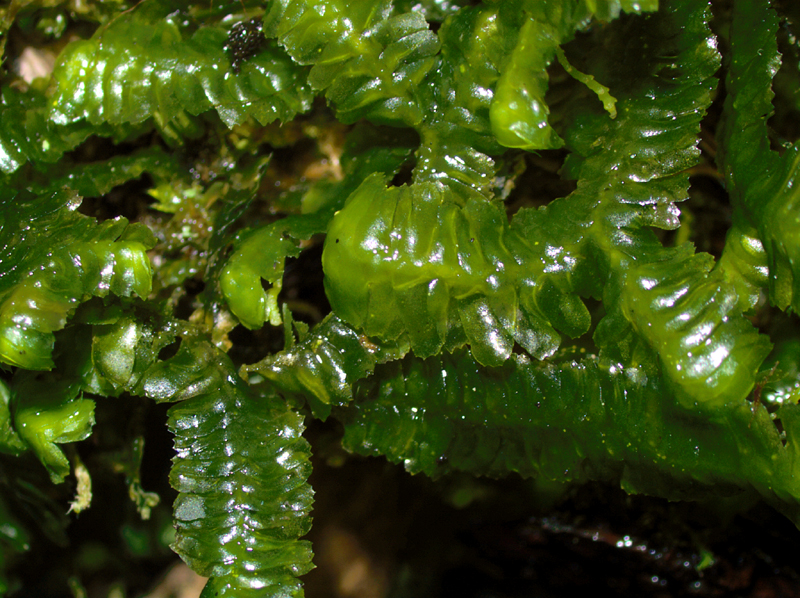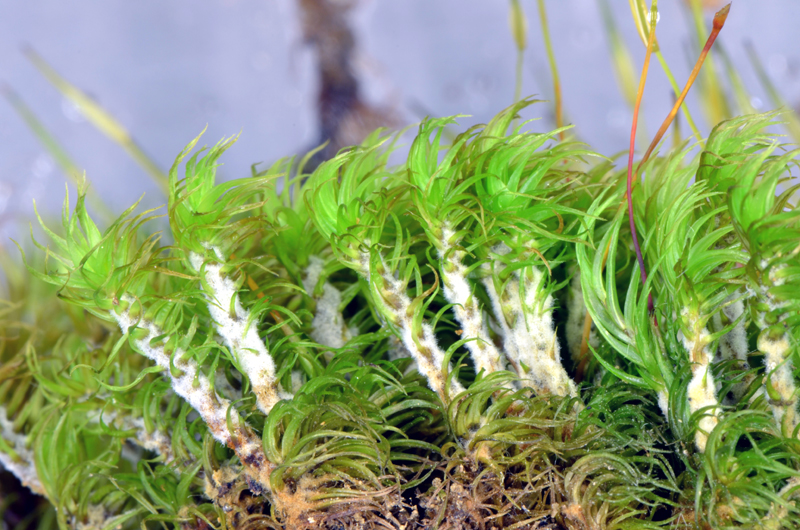Bryophytes are mosses, hornworts, and liverworts. They are non-vascular organisms and some of the earliest terrestrial plants known to man. They first appeared around 400 million years ago according to fossil records. Bryophytes can be found all around the world from the arctic to the tropics, on top of mountains, to underneath the water of a flowing stream.
Liverworts are the oldest of the three, containing approximately 6000 species. They are the only group of bryophytes which contain oil bodies. They can be found in two major forms; leafy or thallose. Leafy liverworts generally consist of a steam an may branch. Many leafy liverworts have 2-ranked leaves with a third set of leaves known as the under-leaves which when present are generally much smaller than the normal leaves. Thallose liverworts do not contain any branching, instead they grow with a thalloid and do not consist of multiple leaves.
Hornworts are the most rare group of bryophytes containing approximately 200 species. There were no Hornworts collected at Hoxie Gorge and were omitted from this study.
Mosses are the most modern bryophytes boasting the largest diversity of the three groups, containing approximately 10,000 different species. They were the most common type of bryophyte collected at Hoxie Gorge. Mosses grow in two major forms known as acrocarpous and pleurocarpous. Acrocarpous are simple growing mosses which generally due not branch and grow parallel to one another in tufts. Pleurocarpous mosses present more complex branching and some readily branch multiple times.

